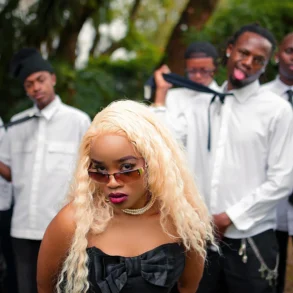A drug-smuggling route runs straight through the Comuna 13 neighbourhood on the outskirts of Medellín, which was once one of the most dangerous places in Colombia. Over the past decade it has been transformed, and is now better known for its colourful murals than for gang warfare.
Graffiti tours of the neighbourhood now attract 20,000 tourists every day. With them comes a renewed sense of purpose for those growing up in the aftermath of Colombia’s civil conflict. But the gains from graffiti tourism have benefited some more than others: almost all of the artists are men.
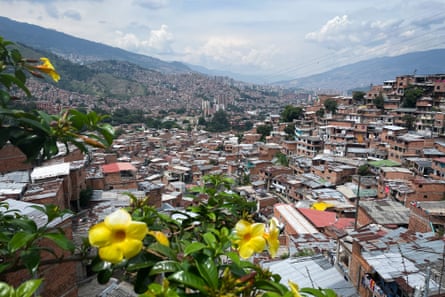
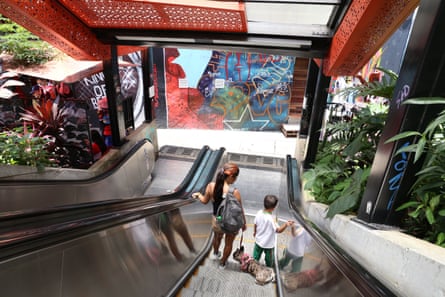



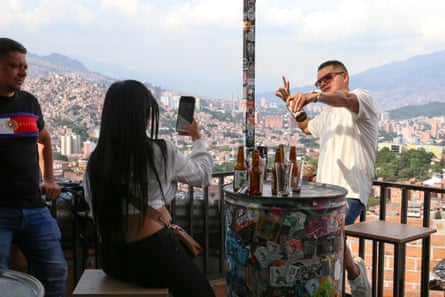



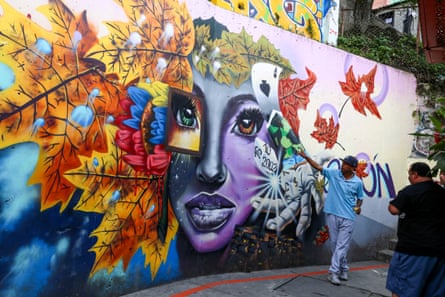



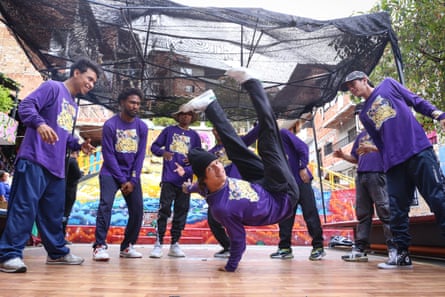



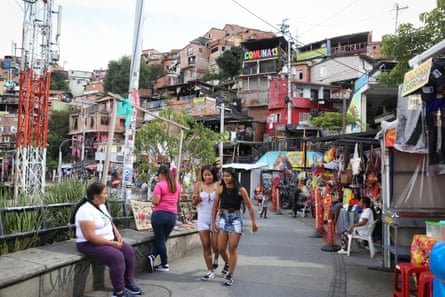



A group of women are trying to change that, one wall at a time. Last year, for the first time, an artist from the area was allowed space to paint a mural by the informal group who control the graffiti. Now she, and a handful of other women, are getting their art seen in a neighbourhood scarred by decades of violence. With themes of motherhood, loss and female resilience, the artwork is contributing to Colombia’s healing process.
On hills in the outskirts of Medellín, Comuna 13 was the stronghold for violent drug cartels fighting for a stake in the multibillion-dollar cocaine empire run by kingpin Pablo Escobar. At one point, the murder rate was 357 per 100,000 inhabitants per year in the area. In 2002, a controversial military operation brought an end to the power struggle – at the cost of many civilian deaths, including those of children, and the displacement of thousands.
The murals and graffiti reflect this turbulent history, and the legacy of the wider five decades of civil conflict on its citizens. But the women of Comuna 13 say they were left out. “They paint helicopters, they paint the war tanks, they paint guns,” says the mural artist Ana Moreno, referring to the men. “But to be honest, not one of them is going to paint a mother with her child. Or make a painting about the pain a mother feels who had a child who disappeared.”
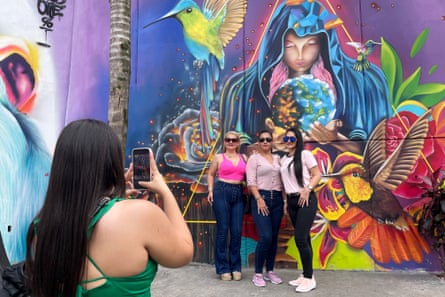



Colombia has one of the highest rates of forced disappearances in the world. Official estimates suggest about 83,000 people have disappeared over five decades of conflict.
“We lost our uncle to the war,” says Moreno. “If you ask my grandmother to paint a mural, what she’s going to paint is her dead son.”
For Moreno’s mural on the walls that line the main tour route, she is using colour to explore the emotional toll of the conflict on women and “what we have to live as women every day,” she says. “Every colour I use is a different frustration.”
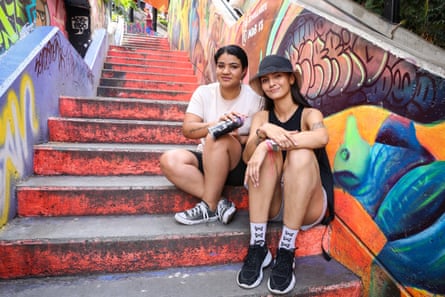



The ability of women to give voice to their experiences preoccupies Moreno. “We see a lot about war, violence, but not the women’s feelings; to say it’s hard, it’s painful, the things that they have been through,” she says.
A report published in 2017 by Colombia’s National Centre for Historical Memory found that more than 15,000 women suffered sexual violence during the conflict – calling it the “most forgotten and silenced violence.”
But things are changing, says Moreno. “They used to stay silent, and not say anything about the situation,” she says. “But now women are not like that any more. They are able to speak out and say what they are feeling.”




For Sulay Pino, 26, another graffiti artist, painting is her way to be heard. “For me, it’s a very good way to express yourself, and say to the world, I exist,” she says.
She started painting after working as a guide on the graffiti tours. “I was talking about murals, graffiti, but none of them were mine,” she says. “People were asking me, where’s yours? And it was like, OK, that’s destiny, telling me that I have to paint.”
Pino started tagging, marking public spaces with the repeated use of a personalised signature. Her tag, the initials ESA, can be seen along the main tourist walkway where the male artists’ murals cover the walls – a deliberate move, says Pino. “It’s very powerful to say, ‘I am’. I am and I’m here,” she says.
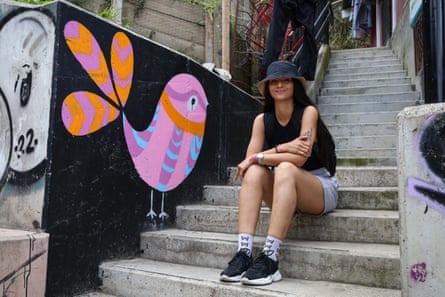



Painting along the main tourist route has proven harder, however. The neighbourhood is still largely ruled by gangs, and they decide who gets to paint the murals.
As part of efforts to transform Comuna 13, the government installed outdoor escalators in 2011, improving access to the sprawling hillside neighbourhood and bringing in a more stable police presence. Tourist numbers grew steadily, too, drawn to the hip-hop culture and history, and attracting commercial interest as local people and outsiders realised that there was money to be made from graffiti. Social media vastly increased the visibility. Now many of the murals are commissioned and sponsored by leading brands.
“Now everybody wants to come. Because they see the opportunity,” says Pino, who thinks that commercial influence is diluting the original purpose. “They want to take advantage, but they were not here when we had hard times.”
She was six when the military operations took place, and remembers weapons being stored in her house and peering out at shootouts from her balcony. The walls should be painted by those from the neighbourhood who experienced this history, she believes. “It’s our memories, our history,” she says. “And if you don’t know your history, you will repeat it.”
But the gangs are reluctant to let women from the neighbourhood paint, says Pino. “For us, it’s hard, because they don’t want us to get recognised,” she says. “They don’t want to give the power to girls.”
“The main walls are mostly by men,” agrees Moreno. “[But] I want to be known as a famous artist in the neighbourhood and I’m fighting for it.”
Moreno started painting as a way to make money and to help out her brother, who owns a gallery, but started to dream of making her own mural. “I thought maybe I can make this bigger and people can talk about a girl painting in Comuna 13 – because there were none,” she says. Now, she says she feels proud to be the first woman chosen to paint a mural.
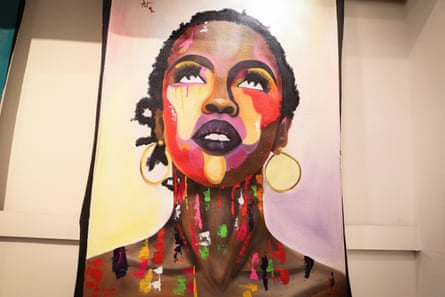



“When I’m painting, everyone is like, who is that girl painting? I’m like a star,” she says. “In the beginning it was super embarrassing. I was shy. But later I felt important, like OK, I’m doing something great that people like, and people want to know who I am.”
The women’s work is attracting attention, which has now inspired a new venture, says Pino. “We are talking about a graffiti festival only for female artists,” she says. The hope is that younger generations of girls will see the work and get involved, too. “We have to make a change,” she says.
Moreno agrees. “Being a woman is hard, but we have an idea, and we will fight for it,” she says.
This post was originally published on this site be sure to check out more of their content.



